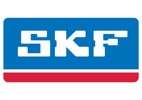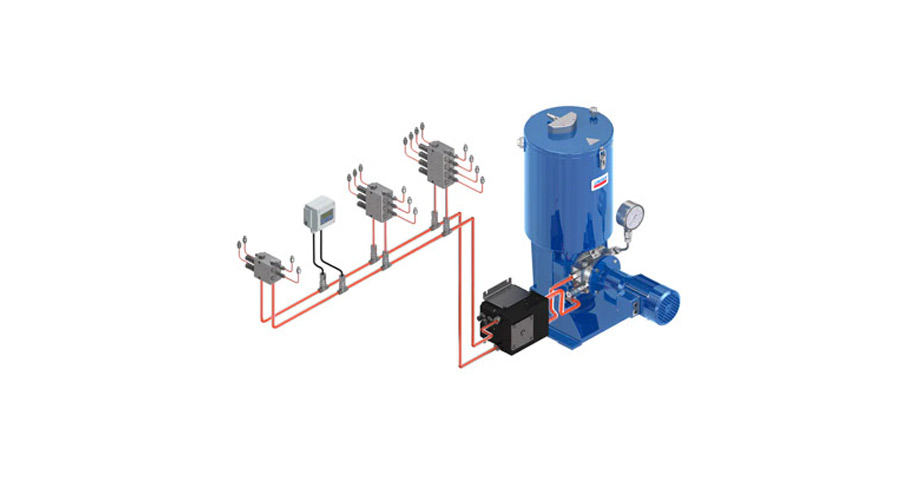Dual-line lubrication systems
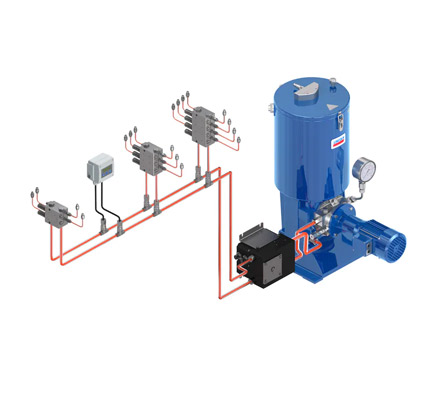
Dual-line lubrication systems
For use on large machinery, effective in harsh conditions
Dual-line systems dispense a precise, metered amount of lubricant to up to 2 000 lubrication points over long distances up to 120 m (131 yd) and more. Even if one pair of outlets becomes blocked inside one metering device, dual-line systems provide sufficient lubrication for the rest of the system’s lubrication points. Lubricant volume can be metered individually for each pair of outlets and can be monitored visually or electrically.

Benefits
- Flexible - simple to design, easy to extend or reduce
- Reliable - precise, metered amount of lubricant, to up to 2000 lubrication points over long distances up to 120 m (131 yd)
- Variety of applications
- ffectively in harsh conditions including potentially high lubrication-point back pressure, dirty, wet or humid environments and low temperatures
Applications
- Heavy industry
- Metalworking plants
- Pulp and paper production
- Mining and mineral processing
- Power plants
- Cement factories
Description
These systems utilize two main lines that are supplied alternately with lubricant from a high-pressure pump via a change-over valve at up to 400 bar (5800 psi). Branch lines, along the main lines, are connected with dual-line metering devices to supply a large volume of lubricant to the lubrication points. Within large dual-line systems, end-of-line pressure switches are used to control and monitor the system.
These flexible systems are simple to design and can be extended or reduced easily by installing additional metering devices or by removing them. A redesign of the system is not required. Dual-line metering devices can be combined with downstream progressive metering devices to increase the total number of lubrication points receiving small lubricant amounts.
The function principle of the dual-line systems consists of two half-cycles In the first half-cycle, the lubricant is pumped into the main line (A) and the main line (B) is connected to the relief line. The lubricant, which is conducted by the change-over valve, is supplied to the metering devices. The pistons of the metering devices are moved into their adjusted end positions, thus dispensing an exact, metered quantity of grease.
Once all metering devices have dispensed their lubricant to the consumption point, the system is hydraulically closed, which causes the pressure in main line (A) to rise until to the preset pressure at the end-of-line pressure switch (mounted in the main lines prior the last metering device) is reached. This pressure switch then signals an electric pulse to the control unit. That turns the pump off and signals the change-over valve to relieve main line (A), and the pause time starts. At this stage, half of the lubrication points in the system have been lubricated.
In the second half-cycle, main line (B) is pressurized and the cycle continues as before.

Catalogues/Downloads
- SKF Dual-line automatic lubrication systems
- SKF Automatic Lubricators
- SKF Maintenance and Lubrication Products
- SKF Single-line automatic lubrication systems
- SKF Dual-line automatic lubrication system
- SKF Multi-line automatic lubrication systems
- SKF Progressive automatic lubrication systems
- SKF Automatic oil circulation lubrication systems
- SKF Fittings and accessories for lubrication systems

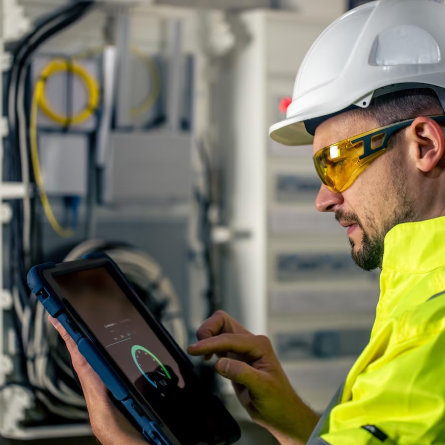
Related products

Εxplore our wide range of products
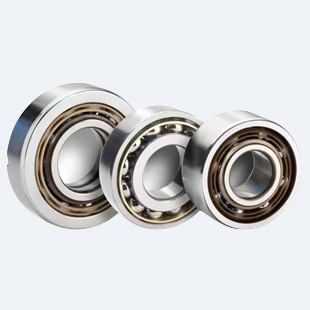
Rolling Bearings
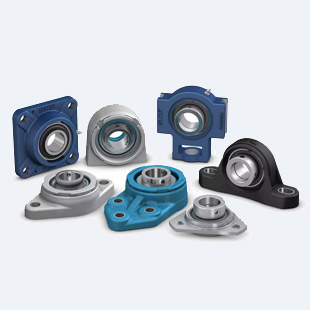
Mounted bearings and housings
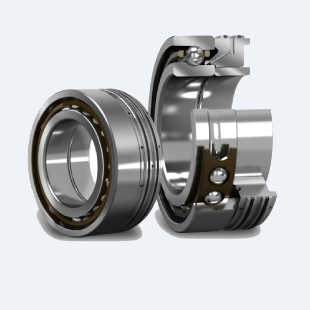
Super-precision bearings
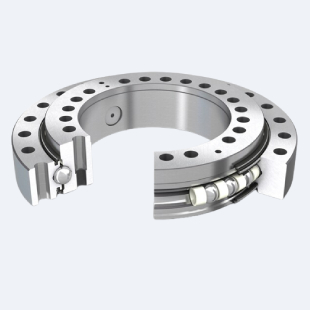
Slewing bearings
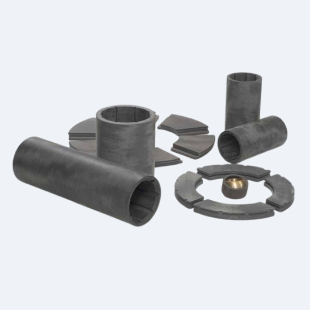
Marine Bearings – ORKOT
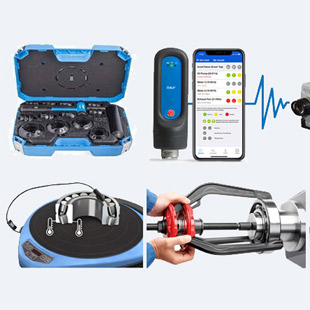
Maintenance products

Linear technology
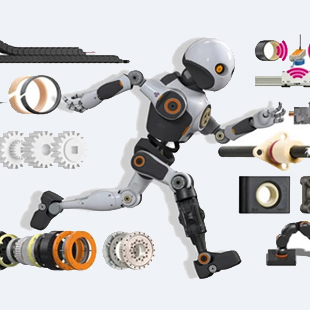
Motion Plastics – IGUS
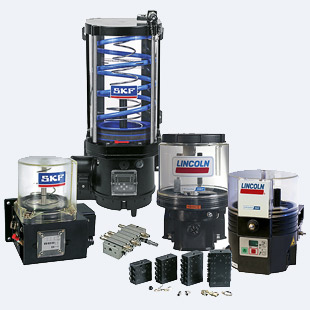
Lubrication systems & Pump systems
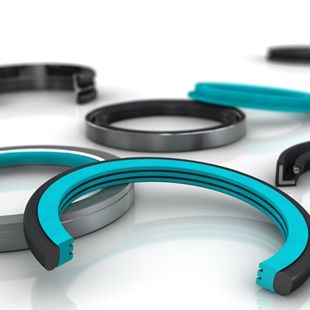
Sealing solutions
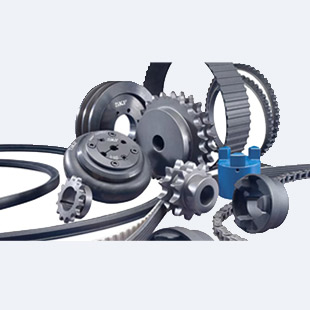
Power transmission solutions
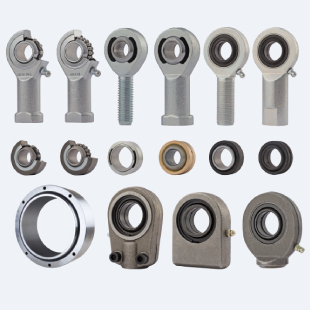
Rod ends, spherical plain bearings
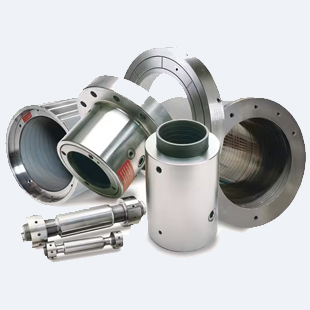
Couplings
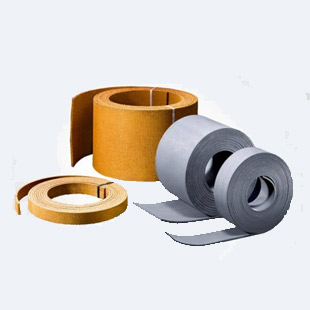
Brake linings
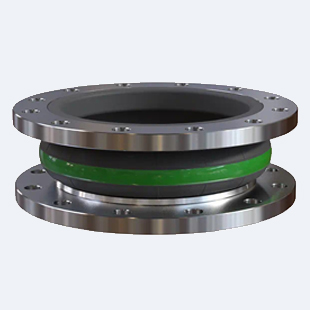
Expansion joints
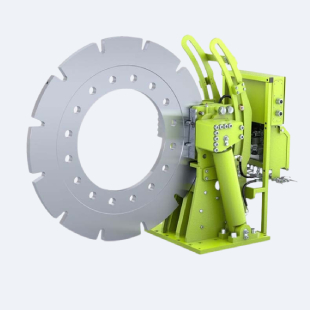
Shaft braking systems
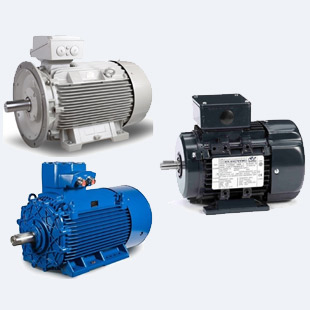
Motors
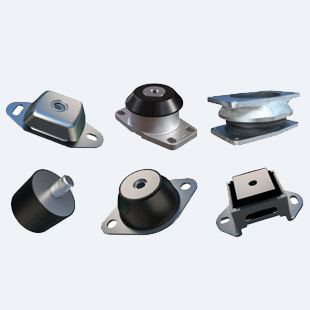
Antivibration mountings
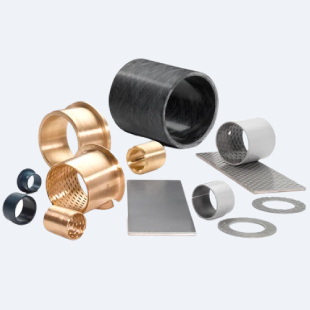
Bushings, thrust washers and strips

